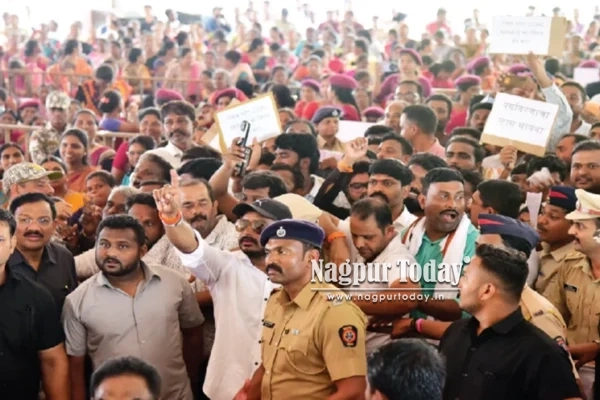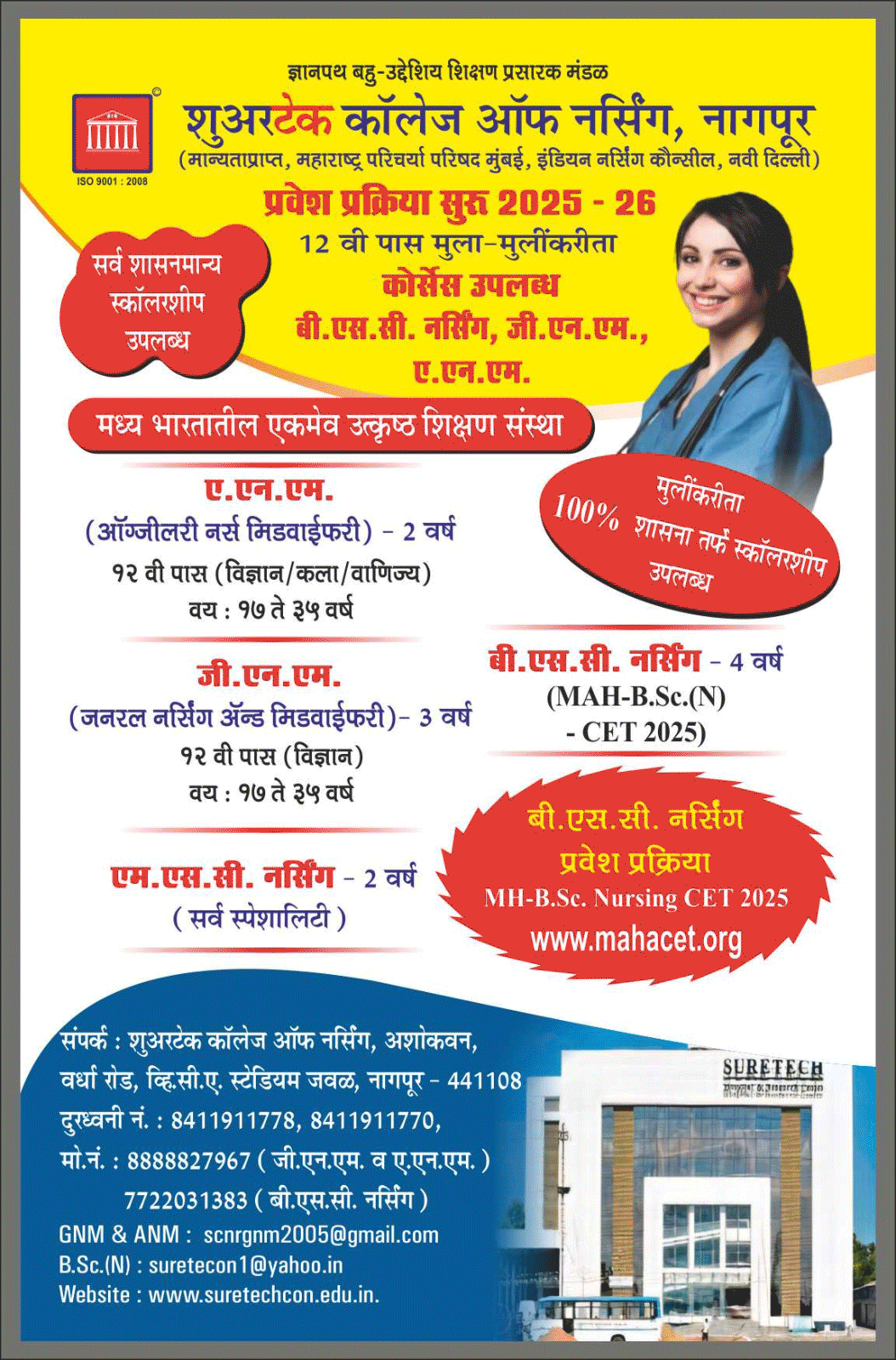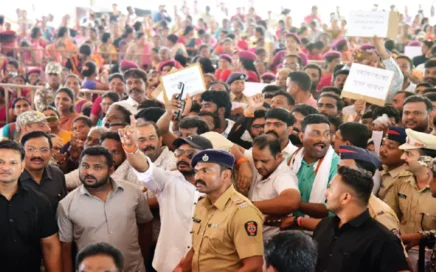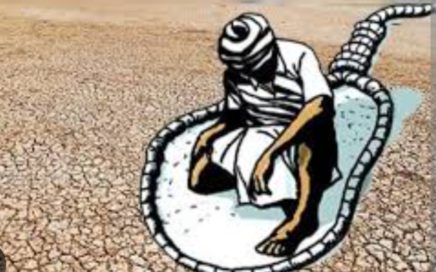
The Project at a Glance
- Capacity: 2 million tonnes per annum (MTPA), peak 3 MTPA
- Life span: ~30 years
- Area: ~862 hectares, across villages Gondkhairi, Kalambi, Surabardi, Waddhamna, and others
- Forest diversion: 87.35 hectares of Zudpi jungle land cleared
- Employment promise: ~860 direct and 1,600 indirect jobs
- Method: Underground longwall mechanised mining — pitched as less disruptive than open-cast methods
Why Are People Opposing the Mine?
1. Environmental Concerns
- Forest Loss: The diversion of Zudpi jungle—legally treated as forest land after a Supreme Court ruling—has sparked protests. Activists fear this will set a precedent for other forested patches in central India.
- Water Security: Villagers worry about depletion and contamination of groundwater. With most local communities dependent on wells and borewells, the risk of acid mine drainage is a recurring concern.
- Air & Noise Pollution: Even though the mine is underground, associated activities like transportation, machinery use, and construction may worsen air quality in an already industrially stressed Nagpur belt.
2. Procedural and Legal Objections
- Public hearings in 2023 and 2025 were disrupted due to protests. Villagers claim Environmental Impact Assessment (EIA) reports were not properly translated into Marathi, limiting informed participation.
- Allegations that critical NOCs—particularly from Nagpur Metropolitan Region Development Authority (NMRDA) and National Highways Authority of India (NHAI)—were either missing or not fully processed.
- Appeals have been filed before the National Green Tribunal (NGT) to quash the environmental clearance, citing lack of due process and inadequate studies.
3. Livelihood Risks
- Agriculture is the primary livelihood in the affected villages. Farmers fear that water diversion and land degradation will directly affect crop yields and long-term soil health.
- Though the company insists no displacement will occur, villagers argue that even limited land acquisition and water table impacts can disrupt livelihoods.
What Is at Stake?
1. Energy and Industry
The mine is expected to supply coal for Adani Power’s operations, feeding into regional electricity demand. With India still heavily reliant on coal, supporters argue that Gondkhairi will help reduce dependence on costlier imports.
2. Legal Precedent
The case touches on how “Zudpi jungle” lands are treated under forest conservation law. The Supreme Court has already clarified they are to be treated as forests; thus, diversion requires Central Government approval. How this plays out could influence other land-use decisions across Maharashtra and beyond.
3. Urban-Rural Tensions
Gondkhairi sits close to Nagpur city, within the urban expansion zone of NMRDA. The mine’s approval could set the stage for conflicts between urban planning priorities, industrial development, and ecological preservation.
4. Climate Commitments
India has pledged to increase renewable energy capacity and gradually reduce reliance on coal. Critics argue that investing in new mines contradicts these goals, while supporters counter that energy security requires a pragmatic mix.
The Company’s Stand
Adani Power Maharashtra Limited defends the project as a “model underground mine” with:
- No blasting or surface subsidence
- Zero liquid discharge policy, with treated water reused
- Rainwater harvesting and greenbelt development (planting 5,000 saplings)
- Promises of education, healthcare, and infrastructure under CSR programs
The company insists that only about 2% of the total project area will be physically disturbed and that the mine will generate much-needed jobs for local youth.
The Road Ahead
While the project has received key clearances—including environmental approval and forest diversion—the opposition is far from over. Appeals are pending before the NGT, and local protests have only intensified after the most recent public hearing was disrupted.
At stake is more than just one mine. The Gondkhairi dispute represents a broader struggle over how India should reconcile its development ambitions with environmental sustainability and local community rights. The coming months will likely see more legal battles, civic protests, and perhaps tighter scrutiny of how such clearances are granted.














